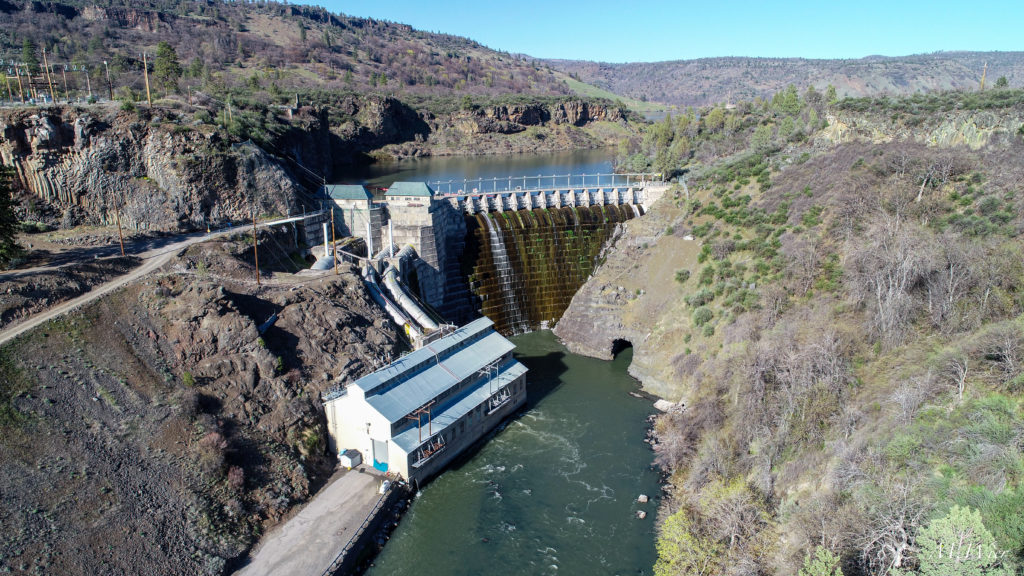First Of Four Klamath River Dams Starting To Be Removed

The removal of four dams on the Klamath River, an odyssey that took decades to come to fruition, is now starting to become a reality – finally, for those who fought for the dams’ removal in the hope that the Klamath’s anadromous fish would have hundreds of new miles to swim through in Northern California. Here is some more social media reaction to the long-awaited process:
UC Davis Institute of the Environment also chimed in on the beginning of this process that’s expected to be completed by 2024, and also on the potential for more such projects to remove “deadbeat dams” from rivers:
With the first of four Klamath River dams expected to be removed by the end of September, researchers from the Center for Watershed Sciences, part of the Institute of the Environment, are continuing to urge California to take a more comprehensive look at how it manages its dams to better serve the state’s people, environment, and economy.
“California’s dams are aging and many will require expensive reconstruction or rehabilitation,” according to a recently republished 2020 push for the state to take steps to take on its issue with “deadbeat dams.” “Many dams were built for landscapes, climates and economic purposes that no longer exist. California’s current dams reflect an accumulation of decisions over the past 170 years based on environmental, political, and socio-economic dynamics that have changed, sometimes radically.”
In the piece, researchers call for the formation of a California Dams Blue Ribbon Panel, development of a structured assessment tool to prioritize restoration projects, critical examination of legal frameworks surrounding management of dams, and the exploration of reservoirs as novel habitats for declining fishes.
A Seattle Times report also hailed the start of dam removal as a positive sign for fish, but reiterated the concerns overall over water concerns along the West Coast:
The Seattle Times traveled from the Klamath’s mouth, among the towering redwood forests of Northern California, through the ancestral lands of the Yurok, Karuk and Hupa, to the concrete dams set to come down and to the farmland and ranches the basin supports. The stories told along the way not only paint a picture of a decadeslong fight to restore a river’s flow and a way of life but also the distinct challenges of finding enough water to go around amid a changing climate. The dam’s removal won’t resolve a growing water crisis. Yet what happens on the Klamath has implications for dammed rivers across the American West.
The Indigenous people of the Klamath have worked from a blueprint drawn by the Northwest’s Lower Elwha Klallam Tribe, which successfully fought for the removal of two dams on the Elwha River of the Olympic Peninsula. They seek to heal the damage done over the last 150 years of colonization. Restoring balance in the river could mean the return of food sovereignty and a repaired relationship with the land for a Salmon People.
It could serve as an example for the Salmon People of the Columbia Basin, who have been fighting for a similar future for the Snake River that once teemed with chinook. But one bigger barrier stands in their way — the support of Congress.
In the West, a region plagued by drought, it’s a massive undertaking to bring back rivers’ historical flows. These freshwater highways are being sucked dry to support government-subsidized farms, cattle ranches and everything that remade the identity of these places.



